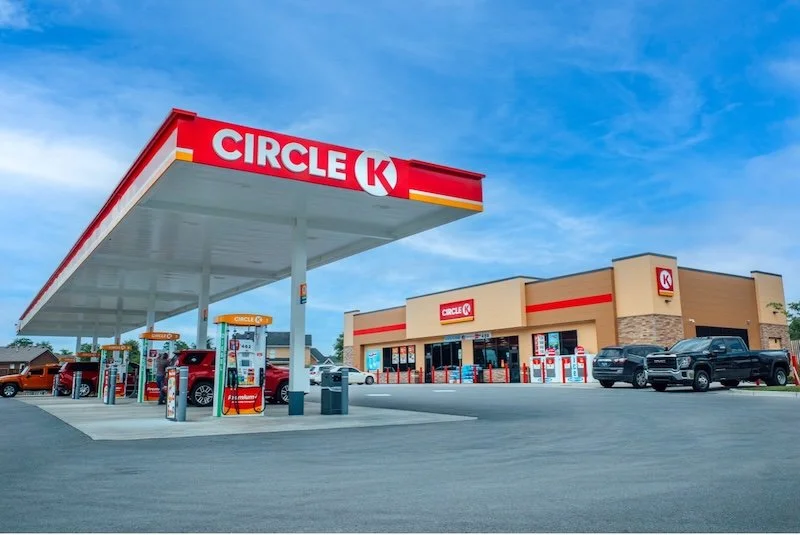Three reasons cashierless stores are being touted as the future of retail
These stores, which allow consumers to walk in, purchase items and exit without physically checking out, have not been far from the headlines during 2019. Here’s why…
1. Amazon
Even though we are in the early stages of deployment, interest has skyrocketed due to Amazon’s involvement. Amazon Go, which made its debut in January 2018, this week opened its 13th store (in New York, its second one in the Big Apple).
Amazon is also planning to bring these stores to the UK, according to documents seen by the Daily Mail. The e-commerce giant issued a request for retail estate brokers in October last year and selected a representative later the same month, the documents suggest. “We do not comment on rumour and speculation,” an Amazon spokesperson told RTIH.
2. China
Juniper Research estimates that smart checkouts, largely powered by AI technologies such as computer vision, will have a strong future in the convenience area; leading to annual transaction volumes of over 1.4 billion by 2023, compared with just 42 million in 2019.
While Amazon is currently highly visible with its Go model, China will be the biggest influencer. This reflects the rapidly growing Chinese market, as well as the backlash Amazon has had recently due to its cashless model.
Somewhat unsurprisingly, Alibaba is leading the Chinese charge. Last year, for instance, it previewed a ‘grab and go’ shop situated at its Hangzhou HQ. Futuremart sells a range of Alibaba merchandise. Customers use facial recognition to enter the store and scan a QR code with their Taobao, Tmall or Alipay apps so they can shop.
A Happy Go meter measures how happy they are, with big smiles earning discounts. Facial recognition and RFID technology at the exit recognise shoppers and the products they want to purchase. Then the store charges their Alipay accounts.
3. Innovative startups aplenty
Too many to fit in this article. But startups that stand out for us include Zippin, which recently reopened its checkout-free concept store in San Francisco.
This launched in August of last year, but as more of a working lab that was operational for limited hours. It is now open to the public, after Zippin worked on the technology and remodelled the space.
In the UK, meanwhile, jisp has been making waves with its jispGO solution, which taps NFC stickers and the company’s tap&go app.
Customers tap a sticker located next to a product, pay for them when done and walk out with their shopping. The whole process is four times faster than shopping at a regular store, says Julian Fisher, CEO at jisp,
Whilst acknowledging that Amazon Go has already introduced something similar, Fisher stresses jispGO can be integrated alongside existing PoS systems. “This ensures that companies keep their name and brand identities with their customers.”
And a couple of reasons why the revolution could be derailed
Amazon Go is “truly an incredible store and I'm a huge fan, but it’s more like Disney World than a practical solution for retailers today that need to keep in-store costs down to compete with online retailers that have very little overhead..But when you’re Jeff Bezos, you don’t care.” So wrote former Walmart exec, Joel Larson, in a LinkedIn post earlier this year.
Also, not everyone has nailed the frictionless shopping side of things just yet. In April, Sainsbury’s announced it was tapping its SmartShop technology for the launch of its first ‘no cash, no cards’ mobile self-checkout store in Holborn, London.
As part of a three-month trial, customers scan and pay for their groceries using the SmartShop app (they must have a Nectar card in order to take part). But don’t worry if you’re old school. Those struggling with the system can still pay by cash or card at a helpdesk.
RTIH ventured along during opening week. The store was busy and could well be popular with regular, small basket shoppers once they’ve gone through the initial process of getting a Nectar card and hooking it up to smartphone payment. It’s worth noting that there were plenty of people at the helpdesk, both asking for assistance with this and wanting to pay with cash or card.
So, a solid start but much work to be done, both in terms of customer experience and education.










Continue reading…